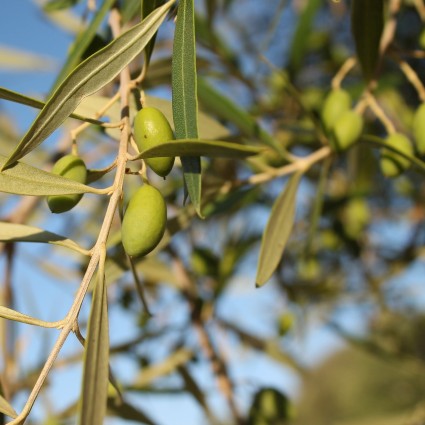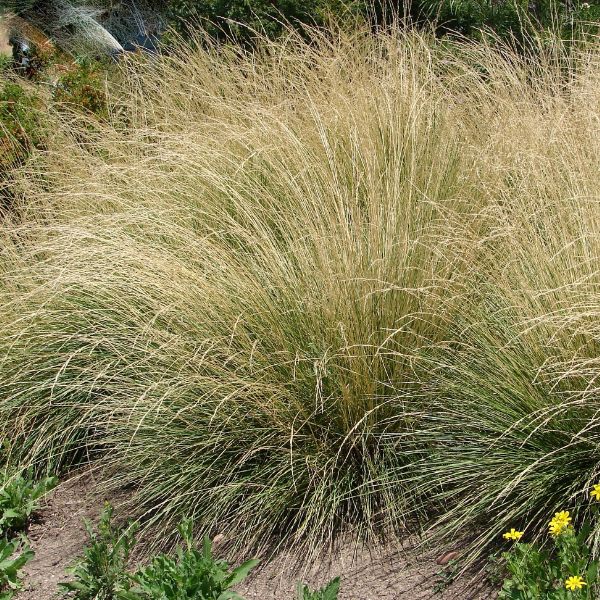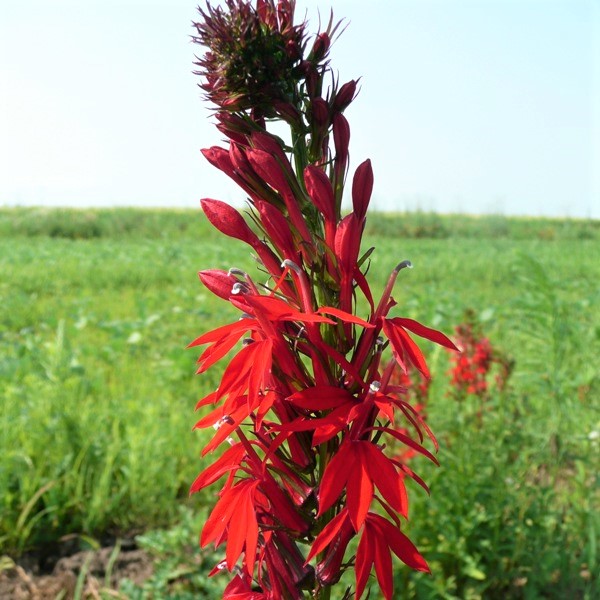Robert Downey Jr.'s picturesque garden is a masterclass in the 3 key outdoor trends that will be big news for 2024
Robert Downey Jr.'s outdoor space is a masterclass in using native planting, hardwearing landscaping and harmonious colors


Oscar-winning actor Robert Downey Jr.'s home, designed by Nicolò Bini, is an aerodynamic, environmentally conscious masterpiece, and the drought-tolerant outdoor space is just as special as the inside.
A serene, tranquil space, the actor's garden, designed by landscape designer Ana Saavedra, is a naturalistic masterclass crafted to chime beautifully with the surrounding landscape, and the qualities that make his home shine.
Inspired by the natural environment, in a naturalistic planting design the layout will mimic the natural self-seeding and spontaneous spreading as you might find in a meadow or a woodland, depending on the chosen habitat. It is the perfect choice for this eco-friendly home.
A post shared by Nicolò Bini (@nicologbini)
A photo posted by on
1. Drought-tolerant planting
With the challenges of climate change, there is an increasing need to select resilient, drought-tolerant planting ideas suited to the soil, aspect, site and climatic conditions, which will also increase biodiversity.
While we may be able to escape to the shade indoors, our plants cannot. Choosing flowers and shrubs carefully is imperative if you want to achieve a flourishing flower bed throughout summer. Located in California, it was imperative for Robert Downey Jr and Nicolo Bini to choose California native planting for this outdoor space.
Planting flowers, trees and ornamental grasses that are native to California's arid climates, such as the flora of the infamous Death Valley in the Mojave Desert, gardeners can create borders, similar to Downey Jr., that are both aesthetically pleasing and that thrive in challenging environmental conditions.
'California is one of the most diverse states in the US in terms of climate and ecosystems,' says Jeanie Psomas, plant expert and owner of The Plant Lady: San Francisco.
Sign up to the Homes & Gardens newsletter
Design expertise in your inbox – from inspiring decorating ideas and beautiful celebrity homes to practical gardening advice and shopping round-ups.
'For many gardeners and homeowners across California, our plants need to be able to tolerate a totally dry summer,' says Jeanie. Incorporating planting that is native to desert-like regions across California is, therefore, a sustainable and practical option, and will not only use minimal water but will also require less maintenance.
'Succulents, including cacti, do extremely well in California,' Jeanie continues, and most people just plant them and then don't have to maintain them... they simply thrive.' In addition, 'yucca, euphoria and various ornamental kinds of grass are a common sight in people's back and front yards.'
2. Hardwearing deck
Over the years, deck usage has expanded, and it has become the go-to material for a contemporary patio or terrace. Materials have also come into their own. The early decks were made out of first-generation hardwoods, now it's hard-wearing composites and eco products made of recycled materials that are all the rage for backyards. We are also experimenting with stains and widths to give the wood a very contemporary feel.
At its best, a timber deck is a handsome, hard-wearing surface that complements most garden settings. It’s a natural material that provides a sympathetic background to plants, blending beautifully with water, stone and trees. Timber lends itself to different styles of architecture and design. A deck can be designed in a smart, contemporary look, as easily as in a more traditional style.
But decks don’t only look good: other advantages include being relatively lightweight in comparison to stone, quick and easy to install and forgiving.
3. Calming color scheme
'For a front yard, we like to hold back on too much color for a more welcoming and sophisticated look,' comments Amy Hovis of Eden Garden Design. 'We love using the varied shades of greens and silvers with whites, and occasionally one color splash.'
This garden is a good example. It effortlessly combines verdant foliage, high-end deck ideas, pale hardscaping, and flashes of red flora to create a drought-tolerant scheme that has an alternative look to the traditional xeriscape aesthetic.
The result is a low-maintenance front yard that's functional, calm, and elegant, too.
Whilst you do not need to create a desert-like garden, incorporating particular plants that can survive hot, arid summers is a sensible and sustainable approach to replicating Robert Downey Jrs.' garden.
Shop the look
In terms of US hardiness zones, California tends to fall into zones 7, 8, 9, and 10, with notable hot and dry summers and mild winters. The below plants are suitable for planting in much of California.

Jennifer is the Digital Editor at Homes & Gardens. Having worked in the interiors industry for several years in both the US and UK, spanning many publications, she now hones her digital prowess on the 'best interiors website' in the world. Multi-skilled, Jennifer has worked in PR and marketing and occasionally dabbles in the social media, commercial, and the e-commerce space. Over the years, she has written about every area of the home, from compiling houses designed by some of the best interior designers in the world to sourcing celebrity homes, reviewing appliances, and even writing a few news stories or two.
-
 How to get rid of bean seed flies – a pest control expert reveals how to keep crops safe from these seed munchers
How to get rid of bean seed flies – a pest control expert reveals how to keep crops safe from these seed munchersAs their name implies, these insects primarily feed on bean crops
By Tenielle Jordison
-
 Sarah Michelle Gellar's kitchen cabinets are moody yet elevated – I've always used dark paint with caution, but they make bolder tones accessible
Sarah Michelle Gellar's kitchen cabinets are moody yet elevated – I've always used dark paint with caution, but they make bolder tones accessibleThe actress's black kitchen cabinets are bold yet palatable, proving that this dark shade is a trendy yet timeless color pick
By Hannah Ziegler


